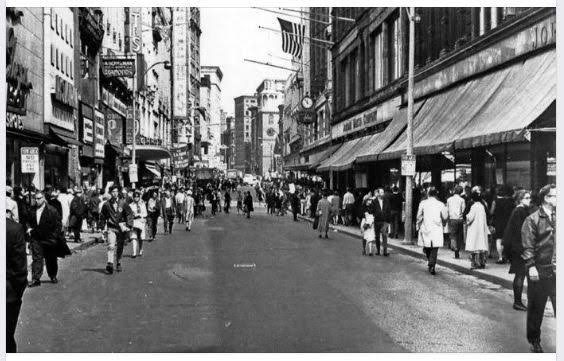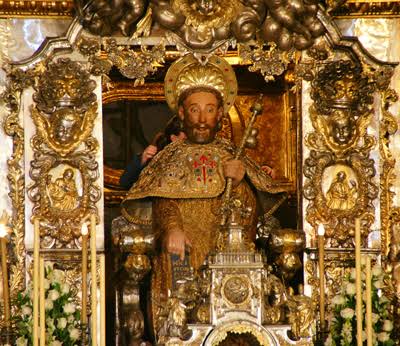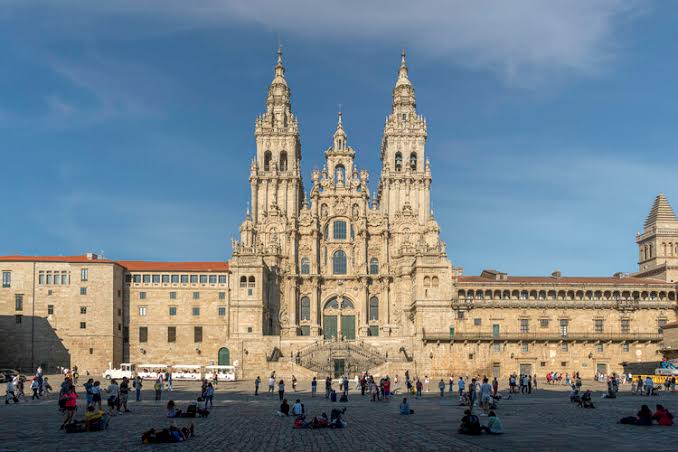
Globe reporter Thomas F. Anderson’s assignment for his Christmas Day 1900 story was sweeping: Consult the best experts and sketch out a vision of what the city would look like in a hundred years. After a preamble introducing his themes, he kicked off his article, “Boston at the End of the 20th Century — “A Glimpse Into the Distant Future, and What It Reveals to the Local Prophets.” He relied on what he thought were solid numbers to estimate the future population of the city. Things quickly went sideways. He estimated that the city’s population would be 5.2 million in 2000. That’s a massive statistical fail; it’s seven-plus times more than today’s actual population of more than 685,000. But historians say it was understandable, given the times.
Here’s what he wrote: One of the most fascinating questions is that relating to the city’s probable increase in population and in this matter we have something more than the mere human imagination to aid us. It so happens that the city of Boston itself has a department of municipal statistics, wherein, if you give them any tangible basis whatsoever to work upon, they can furnish you any statistical information bearing upon the future that you may desire. To Dr. Edward M. Hartwell, secretary of this department, The Globe is indebted for a computation from which it appears that the population of Boston is likely to have increased to more than 5,000,000, by the year 2000. This population is estimated on the rate of increase of the last 20 years, and on the same basis (the population according to the census of 1900 being 560,892), the figures for consecutive 10-year periods will probably be as follows. . .






